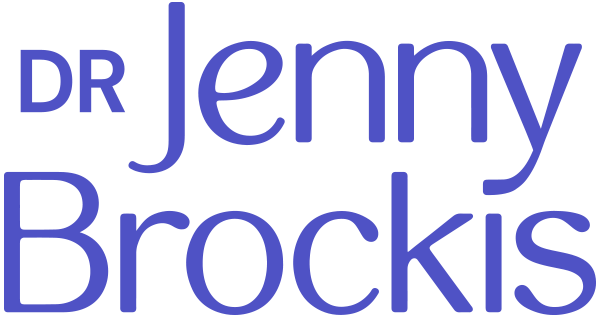It’s now been discovered that our clever brain has more than one way of learning. For the last twenty or thirty years our understanding of the way our brain works to learn or store memories has been that it involves a particular receptor called the NMDA receptor found at the terminal end of brain cell dendrites. This receptor is particularly active in the area of our brain called the hippocampus, which is the area that specialises in helping us to learn and encode memories.
The way it works is that when this particular receptor is activated it allows calcium to enter that brain cell, which then triggers further molecular reactions which results in our brain being able to process, store and then retrieve that information.
Last week Bryce Vissel from the Sydney Garvan Institute of Medial Research was talking on ABC radio discussing the results of the study he had been involved in, that has now been published in the 29th September edition of PLoS One.
Bryce Vissel and other researchers from Australia and the United States had been looking to artificially replicate this NMDA mechanism to provide a way to circumvent the difficulties of memory loss associated with brain injury through stroke and disease. What they found coincidentally was that the brain actually already has a secondary pathway in place, which enables us to store new information. This has been termed “second learning” as this pathway uses a different receptor called AMPA but this is only activated if the information received relates to similar information that has been learnt before. The implication of this finding is that this natural second pathway, may allow us to circumvent the disease, or damaged NMDA receptors, which could prove useful to provide new and alternative ways of treatments for stroke and Alzheimer’s disease.
Among the questions now being raised from this finding, is to work out what allows or triggers this second mechanism to operate. Once that is understood the hope will be to be able to find ways to engage this pathway to take over the role of the NMDA mechanism that isn’t working through disease or injury.
The other potential implication of this finding is that having this second means of learning could have really important effects on how we approach teaching in the classroom in the future as well.
Ref: A Role for Calcium Permeable AMPA Receptors in Synaptic Plasticity and Learning.
Wiltgen BJ, Royle GA, Gray EE, Abdipranoto A, Thangthaeng N, et al. 2010 A Role for Calcium-Permeable AMPA Receptors in Synaptic Plasticity and Learning. PLoS ONE 5(9): e12818. doi:10.1371/journal.pone.0012818

